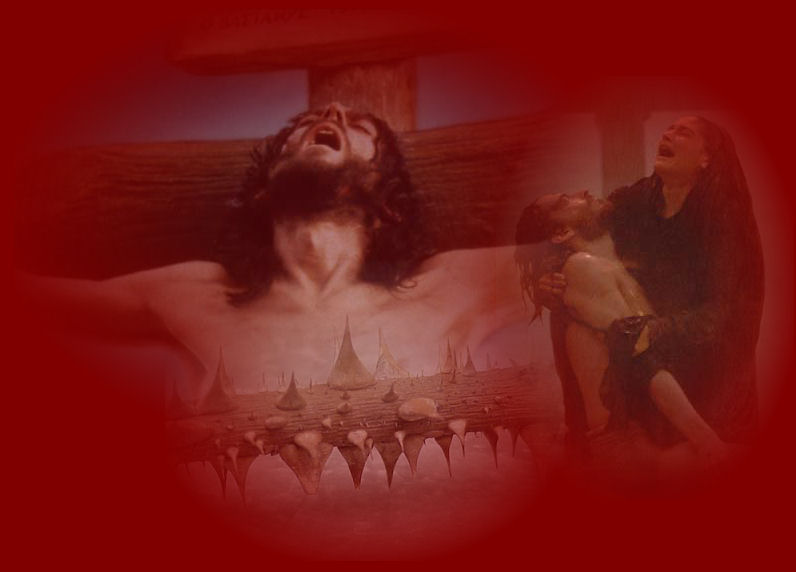Find out why the date of Easter changes every year

Have you ever wondered why Easter Sunday can fall between March 22nd and April 25th? And why do Eastern Orthodox churches usually celebrate Easter on a different day than Western churches? These are good questions with answers that require some explanation.
Why does Easter change every year?
Since the time of the history of the early church, the precise date of Easter has been the subject of constant discussion. For one, the followers of Christ have neglected to record the exact date of Jesus' resurrection. From then on, the matter has become increasingly complex.
A simple explanation
At the heart of the matter is a simple explanation. Easter is a mobile festival. Early believers in the Asia Minor church wished to keep Passover-related Easter Passover. The death, burial and resurrection of Jesus Christ occurred after Easter, so followers wanted Easter to always be celebrated after Easter. And, since the Jewish holiday calendar is based on solar and lunar cycles, each day of the festival is mobile, with dates that change from year to year.
The lunar impact on Easter
Before 325 AD, Sunday was celebrated on the Sunday immediately following the first full moon after the spring (spring) equinox. At the Council of Nicea in 325 AD, the Western Church decided to establish a more standardized system for determining the date of Easter.
Today in Western Christianity, Easter is always celebrated on the Sunday immediately following the date of the Easter full moon of the year. The date of the Easter full moon is determined by historical tables. The Easter date no longer corresponds directly to lunar events. Since astronomers were able to approximate the dates of all full moons in future years, the Western Church used these calculations to establish a table of ecclesiastical dates for the Full Moon. These dates determine the holy days on the ecclesiastical calendar.
Although slightly modified from its original form, in 1583 AD the table for determining the ecclesiastical dates of the Full Moon was established permanently and has since been used to determine the date of Easter. Therefore, according to the ecclesiastical tables, the Easter full moon is the first ecclesiastical date of the full moon after March 20 (which was the date of the spring equinox in 325 AD). Therefore, in western Christianity, Easter is always celebrated on the Sunday immediately following the full Easter moon.
The Easter full moon can vary up to two days from the actual full moon date, with dates ranging from March 21 to April 18. As a result, Easter dates can vary from March 22 to April 25 in Western Christianity.
Eastern and Western Easter dates
Historically, Western churches used the Gregorian calendar to calculate the Easter date and Eastern Orthodox churches used the Julian calendar. This was in part the reason why the dates were rarely the same.
Easter and related holidays do not fall on a fixed date in the Gregorian or Julian calendars, making them mobile holidays. The dates, however, are based on a lunar calendar very similar to the Jewish calendar.
While some Eastern Orthodox Churches not only keep the Easter date based on the Julian calendar that was in use during the First Ecumenical Council of Nicea in 325 AD, they also use the astronomical and real full moon and the current spring equinox, observed along the meridian of Jerusalem. This complicates the issue, due to the inaccuracy of the Julian calendar, and the 13 days that have accrued since the year 325 AD and means that, in order to remain in line with the spring equinox originally established (325 AD), Easter Orthodox cannot be celebrated before April 3 (current Gregorian calendar), which was March 21 AD
325.
Furthermore, in accordance with the rule established by the First Ecumenical Council of Nicaea, the Eastern Orthodox Church has adhered to the tradition that Easter must always fall after the Jewish Passover since the resurrection of Christ took place after the celebration of Easter.
Eventually, the Orthodox Church found an alternative to calculating Easter based on the Gregorian calendar and Jewish Passover, developing a 19-year cycle, as opposed to the 84-year cycle of the Western Church.